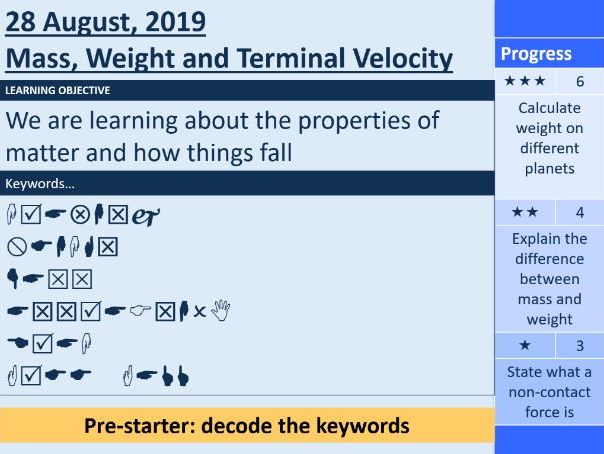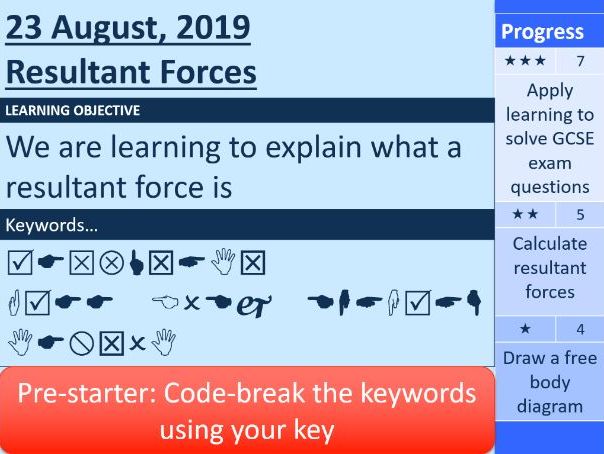Adamlally123's Shop
I produce mainly science resources. All of them have been taught by myself and I include a short comment on my experience of using the resource at the end of the description. I don't like to charge for my resources, BUT I am currently trying to put myself through a masters course on a part-time teachers wage. Once I'm through, everything becomes free!










